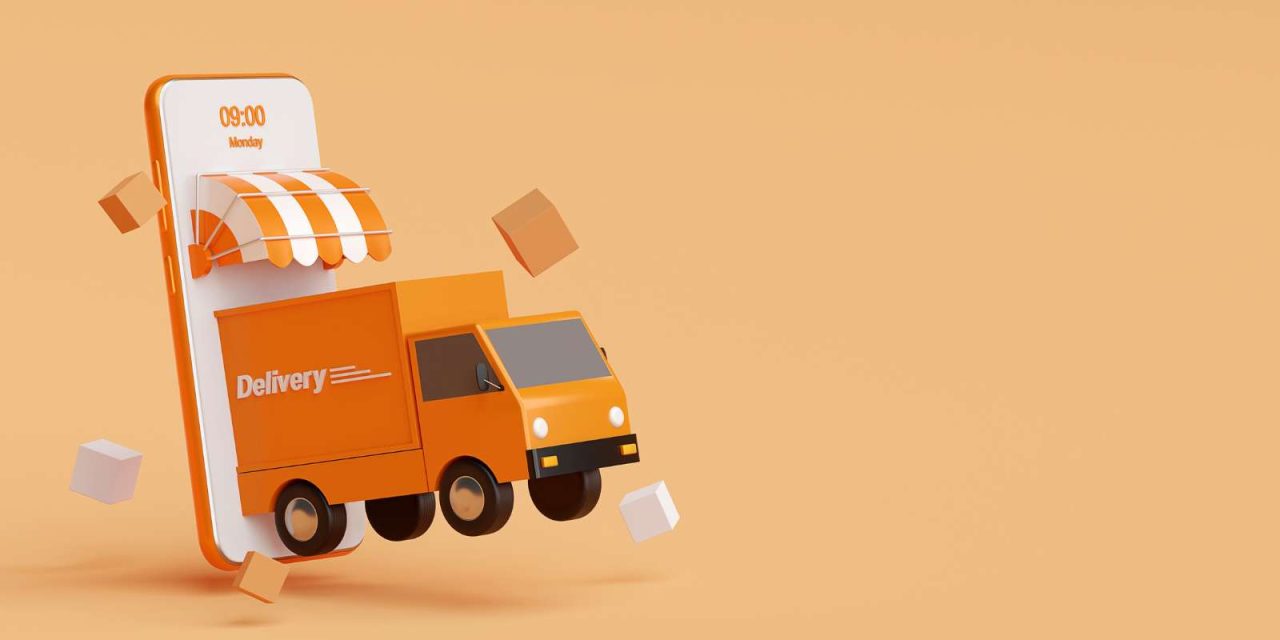The Covid-19 breakout in 2020 changed many markets, creating new expectations and habits in consumers. It has been an important lesson not only that markets can change unexpectedly, but that marketers need to constantly learn about consumer behavior and industry trends in order to respond with the most suitable e-commerce strategies.
Can we predict how retail consumers will behave in 2023? What trends will affect retailers and e-commerce stores? Here are our thoughts.
Understanding the current situation
We’ve seen how e-commerce has increased in importance since the 2020 pandemic. When mobility restrictions were commonplace, marketers and businesses turned to the digital world to reach their customers and offer their products and services. However, brick-and-mortar stores have slowly recovered their activity in the last year.
Also, consumers have become more mindful about how they spend their money as recession and increased inflation hit many countries. According to a survey conducted by business experience platform Medallia, pricing has become one of the main factors affecting purchase decisions.
Consumers have also become more choosy when it comes to the e-commerce experience. Fast deliveries and free shipping options are, for instance, some of the most important aspects when shopping online, as PowerReviews has revealed.
Will this kind of consumer behavior continue during 2023?
Consumer behavior in 2023
Many studies have been conducted about how consumer behavior might evolve during the next year.
According to business intelligence consultancy firm Forrester Mintel, consumer behavior in 2023 will be defined by the following aspects:
- The preference for quality over quantity.
- Separate digital and in-store experiences.
- An increase in spending despite increasing inflation.
- Spending driven by intentionality and sustainability, focusing on local stores.
- Focus on personal well-being and connecting with what consumers think is important.
How might these circumstances affect retail and e-commerce in 2023?

Top 4 retail and e-commerce trends for 2023
1. Intentional purchases are on the rise
While some argue whether spending is going to increase, it seems certain that purchases are going to be more mindful and intentional. This means that consumers will do more research about the products they are planning to acquire, so businesses need to ensure that this information is readily available.
There may also be increased spending on single-purchase durable and high-quality goods that have a greater probability to pass the test of time when compared to low-quality, easily replaceable products.
In such a climate, user-generated content (UGC) will be an important aspect for businesses when building their marketing strategies. It is a compelling and effective form of social proof that a brand or a product/service is trustworthy.
2. In-store shopping and e-commerce will have different roles
We are already experiencing this trend. Although brick-and-mortar stores are gradually becoming more active, they are still not reaching pre-pandemic levels because physical stores have become more of a showroom to display new products to consumers. They are a way for retailers to inspire customers and create unique experiences for them.
On the other hand, in a world where people expect almost instant gratification, e-commerce has become a must for retailers who want to meet evolved consumer needs. E-commerce is convenient, fast and a sure bet when people want to acquire something quickly. It is here to stay.

3. The normalization of chatbots
Having quality customer service is a crucial aspect for any retailer. For this reason, the usage of automation tools such as chatbots has become very important to save time and increase efficiency overall.
Chatbots can be useful to automate aspects such as FAQs or provide personalized information regarding specific customer needs, offering a 24/7 service. It can also help gather information that can be used to create quality insights – useful for future business or marketing strategies based on personalization.
4. The rise of social media and new technologies
The use of social media and new technologies such as VR, AR and contactless or cashless technology will be helpful in offering unique shopping experiences.
Social commerce and live-streamed shopping, for instance, are on the rise. Since most consumers shop in e-commerce stores for convenience, being able to purchase products directly through social media platforms and live-streaming apps seems like a perfect opportunity.
The Gen-Z generation in particular is changing the game on how to sell and buy products. Retailers and marketers need to step up their game to meet this audience’s needs.
In general, the world of e-commerce and retail is a lot different, so adapting and taking into account new trends is crucial to create a successful sales and marketing plan. Are you already following any of these trends?
How will consumer behavior change in 2023?
There are some aspects that will define customer behaviors in 2023, such as the preference for quality, intentional purchases and sustainability, a focus on personal wellbeing and separate experiences for online and in-store shopping.
Which e-commerce and retail trends are going to shape 2023?
Due to increasing inflation, intentional purchases will grow during the next year. Also, technology will be more present in the form of chatbots and new forms of shopping such as social commerce and live-streamed shopping. Last but not least, e-commerce will be dedicated to fast and instant shopping, while physical stores will be reserved for providing unique consumer experiences.










